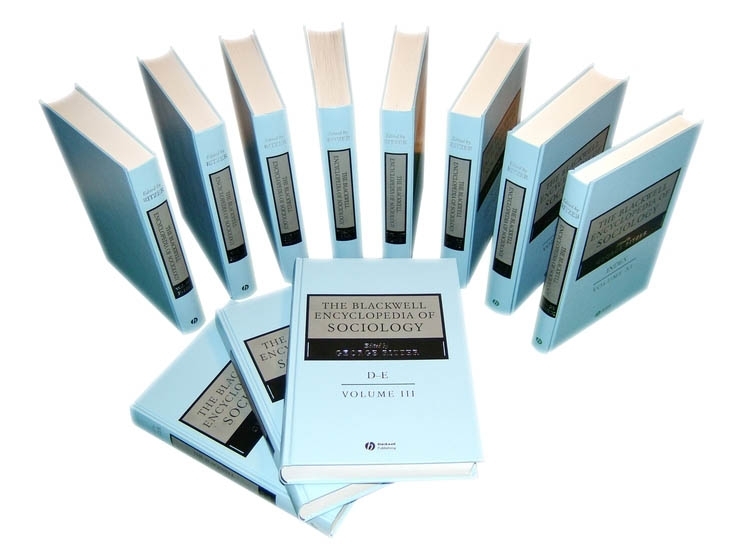Exchange Relationship
First published: 22 April 2020
Abstract
An exchange relation is the relationship formed between two or more actors when they interdependently interact to exchange resources. Exchange relations may be economic (short-term, quid pro quo exchange of resources) or social (longer-term interactions involving mutual trust). Initially limited to the behavior of individual actors' reciprocal interactions with others and the resulting obligations between partners, the construct has been extended to include groups, organizations, and networks.
References
- Blau, P.M. (1964) Exchange and Power in Social Life, Wiley, New York.
- Bouty, I. (2000) Interpersonal and interaction influences on informal resource exchanges between R&D researches across organizational boundaries. Academy of Management Journal, 43 (1), 50–65.
- Burt, R.S. and Merluzzi, J. (2016) Network oscillation. Academy of Management Discoveries, 2 (4), 368–391. doi: 10.5465/amd.2015.0108.
- Colquitt, J.A., Scott, B.A., and LePine, J.A. (2007) Trust, trustworthiness, and trust propensity: a meta-analytic test of their unique relationships with risk taking and job performance. Journal of Applied Psychology, 92 (4), 909–927.
- Cook, K.S., Cheshire, E.R., Rice, R.W., and Nakagawa, S. (2013) Social exchange theory. In Handbook of Social Psychology (ed. J. DeLamater and A. Ward), Springer Science+Business Media, Dordrecht, pp. 61–88.
10.1007/978-94-007-6772-0_3 Google Scholar
- Cook, K.S. and Whitmeyer, J.M. (1992) Two approaches to social structure: exchange theory and network analysis. Annual Review of Sociology, 18 (1), 109–127.
- Cropanzano, R., Anthony, E.L., Daniels, S.R., and Hall, A.J. (2017) Social exchange theory: a critical review with theoretical remedies. Academy of Management Annals, 11 (1), 479–516.
- Eisenberger, R., Huntington, R., Hutchison, S., and Sowa, D. (1986) Perceived organizational support. Journal of Applied Psychology, 71 (3), 500–507.
- Emerson, R.M. (1972a) Exchange theory, part I: a psychological basis for social exchange, in Sociological Theories in Progress, vol. 2 (ed. J. Berger, M. Zelditch., and B. Anderson), Houghton Mifflin, Boston, MA, pp. 38–57.
- Emerson, R.M. (1972b) Exchange theory, part II: exchange relations and networks, in Sociological Theories in Progress, vol. 2 (ed. J. Berger, M. Zelditch., and B. Anderson), Houghton Mifflin, Boston, MA, pp. 58–87.
- Galaskiewicz, J. (1985) Interorganizational relations. Annual Review of Sociology, 11, 281–304.
- Homans, G.C. (1961) Social Behavior and Its Elementary Forms, Harcourt, Brace and World, New York.
- Ladd, D. and Henry, R.A. (2000) Helping coworkers and helping the organization: the role of support perceptions, exchange ideology, and conscientiousness. Journal of Applied Social Psychology, 30 (10), 2028–2049.
- Lavelle, J.J., Rupp, D.E., and Brockner, J. (2007) Taking a multifoci approach to the study of justice, social exchange, and citizenship behavior: the target similarity model. Journal of Management, 33 (6), 841–866.
- Lavelle, J.J., Rupp, D.E., Manegold, J., and Thornton, M.A. (2015) Multifoci justice and target similarity: emerging research and extension, in The Oxford Handbook of Justice in the Workplace (ed. R.S. Cropanzano and M.L. Ambrose), Oxford University Press, New York, pp. 165–186.
- Lee, K. and Allen, N.J. (2002) Organizational citizenship behavior and workplace deviance: the role of affect and cognitions. Journal of Applied Psychology, 87 (1), 131–142.
- Masterson, S.S., Lewis, K., Goldman, B.M., and Taylor, M.S. (2000) Integrating justice and social exchange: the differing effects of fair procedures and treatment on work relationships. Academy of Management Journal, 43 (4), 738–748.
- McFadyen, M.A. and Cannella, A.A., Jr. (2004) Social capital and knowledge creation: diminishing returns to the number and strength of exchange relationships. Academy of Management Journal, 47 (5), 735–746.
- Meyer, A.D. and Allen, N.J. (1997) Commitment in the Workplace, SAGE, Thousand Oaks, CA.
- Molm, L.D. (1997) Coercive Power in Social Exchange, Cambridge University Press, Cambridge.
10.1017/CBO9780511570919 Google Scholar
- Parmigiani, A. and Rivera-Santos, M. (2011) Clearing a path through the forest: a meta-review of interorganizational relationships. Journal of Management, 37 (4), 1108–1136. doi: 10.1177/0149206311407507.
- Rhoades, L. and Eisenberger, R. (2002) Perceived organizational support: a review of the literature. Journal of Applied Psychology, 87 (4), 698–714.
- Zajac, E.J. and Westphal, J.D. (1996) Director reputation, CEO-board power, and the dynamics of board interlocks. Administrative Science Quarterly, 41 (3), 507–529.



